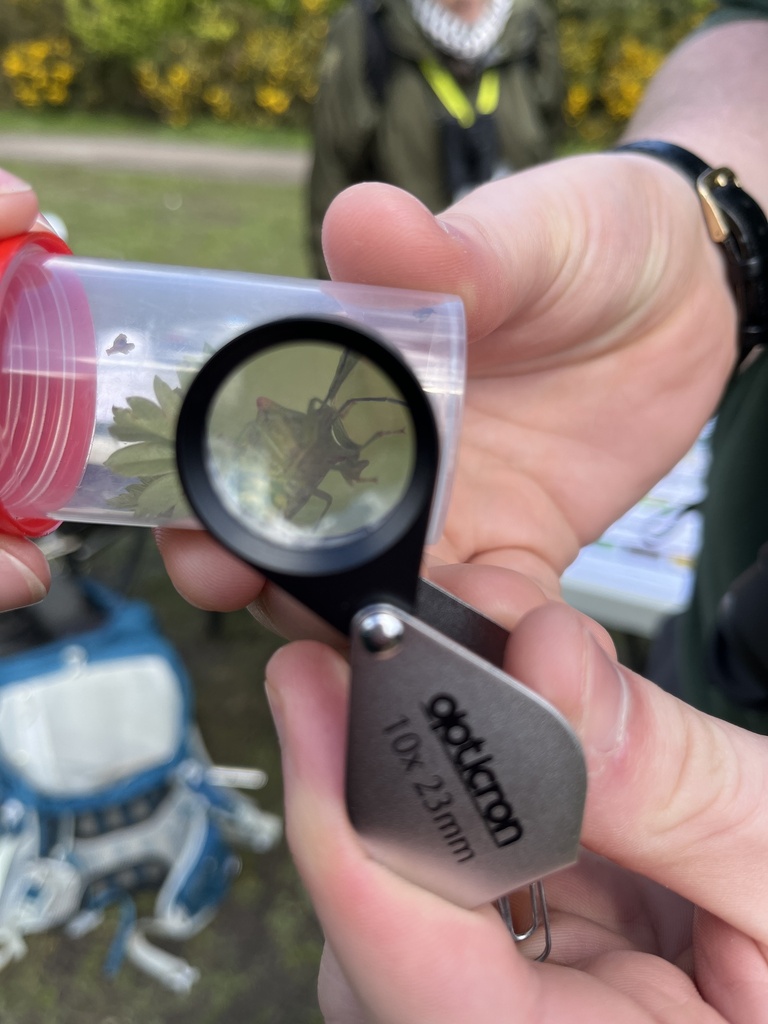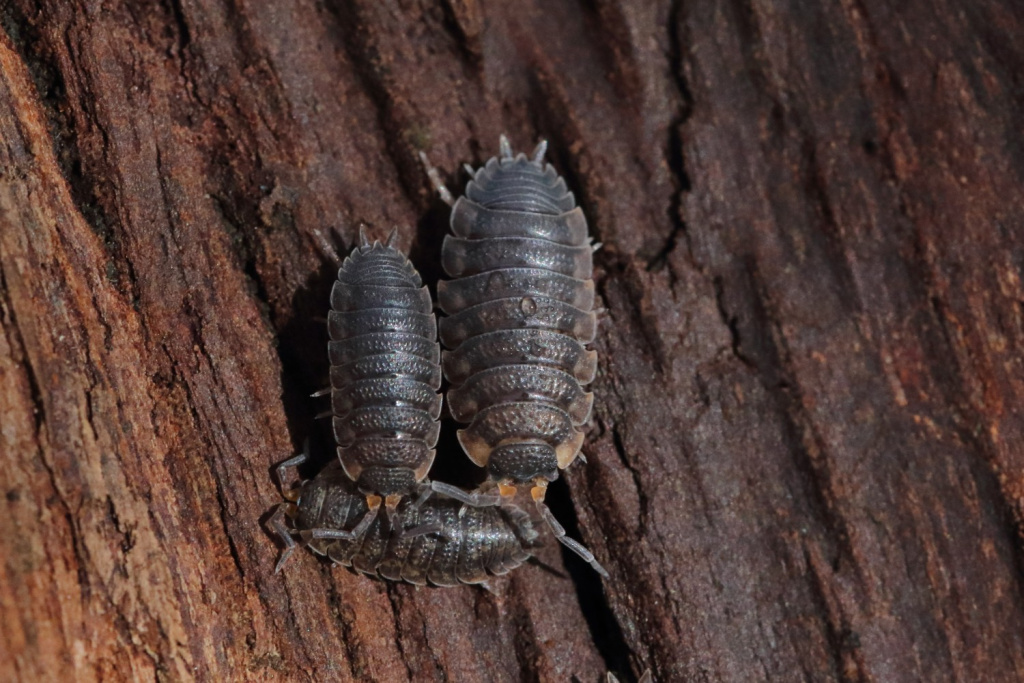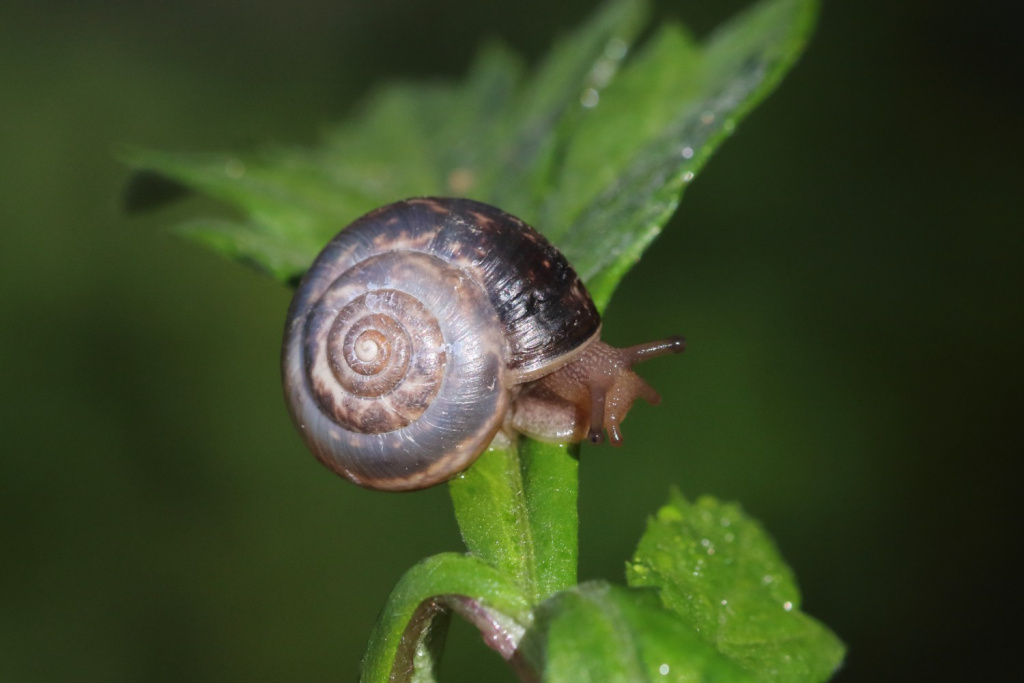Recently, Gosforth’s Wild Web volunteers held a spring bioblitz at Urban Green Newcastle’s Havannah Nature Reserve. Take a closer look at what they discovered.
Gosforth’s Wild Web is all about noticing nature and celebrating the amazing wildlife to be found in and around Newcastle-upon-Tyne. There are lots of ways to do this including sharing photos, tagging NHSN on social media, using iRecord and iNaturalist and by joining lots of events happening across the city. Some of these events have been what we call bioblitzes, a race against time to find and record as much wildlife as possible in a specific place, and we are delighted to be working with our friends at Urban Green Newcastle to hold several in parks and greenspaces across Newcastle. The most recent of these saw NHSN volunteers and local residents descend on Havannah Nature Reserve, near Dinnington, to see what they could discover.
Joined by local families, passersby and local naturalists, visitors recorded over 200 species in just a few hours – an amazing snapshot of the diversity of our city greenspaces. Together they explored ponds, woodland, grassland and hedgerows and with the help of binoculars, nets and handy identification guides, found an amazing variety of wildlife, large and small. As you can see from the pictures below, visitors had a great time.
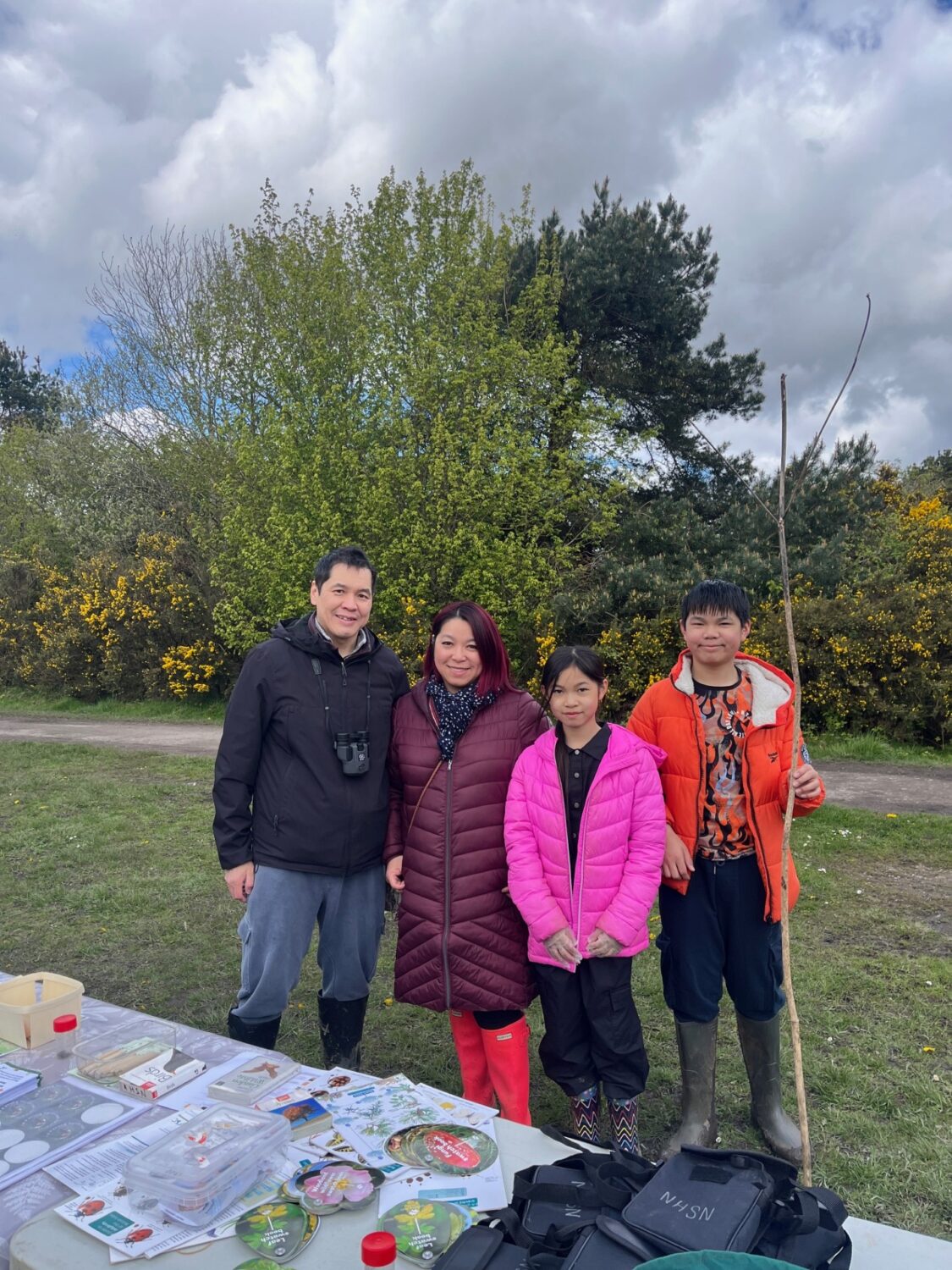
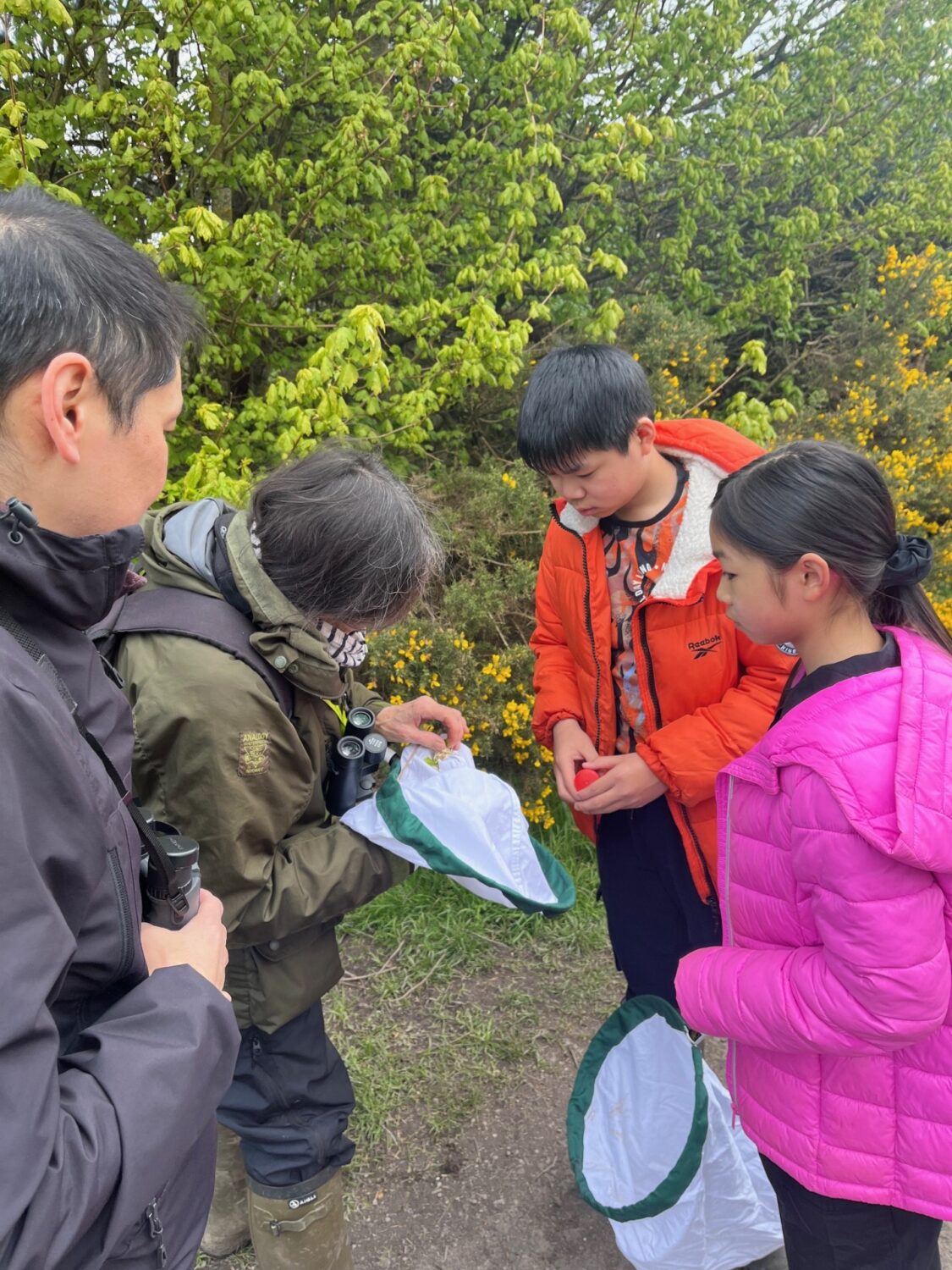
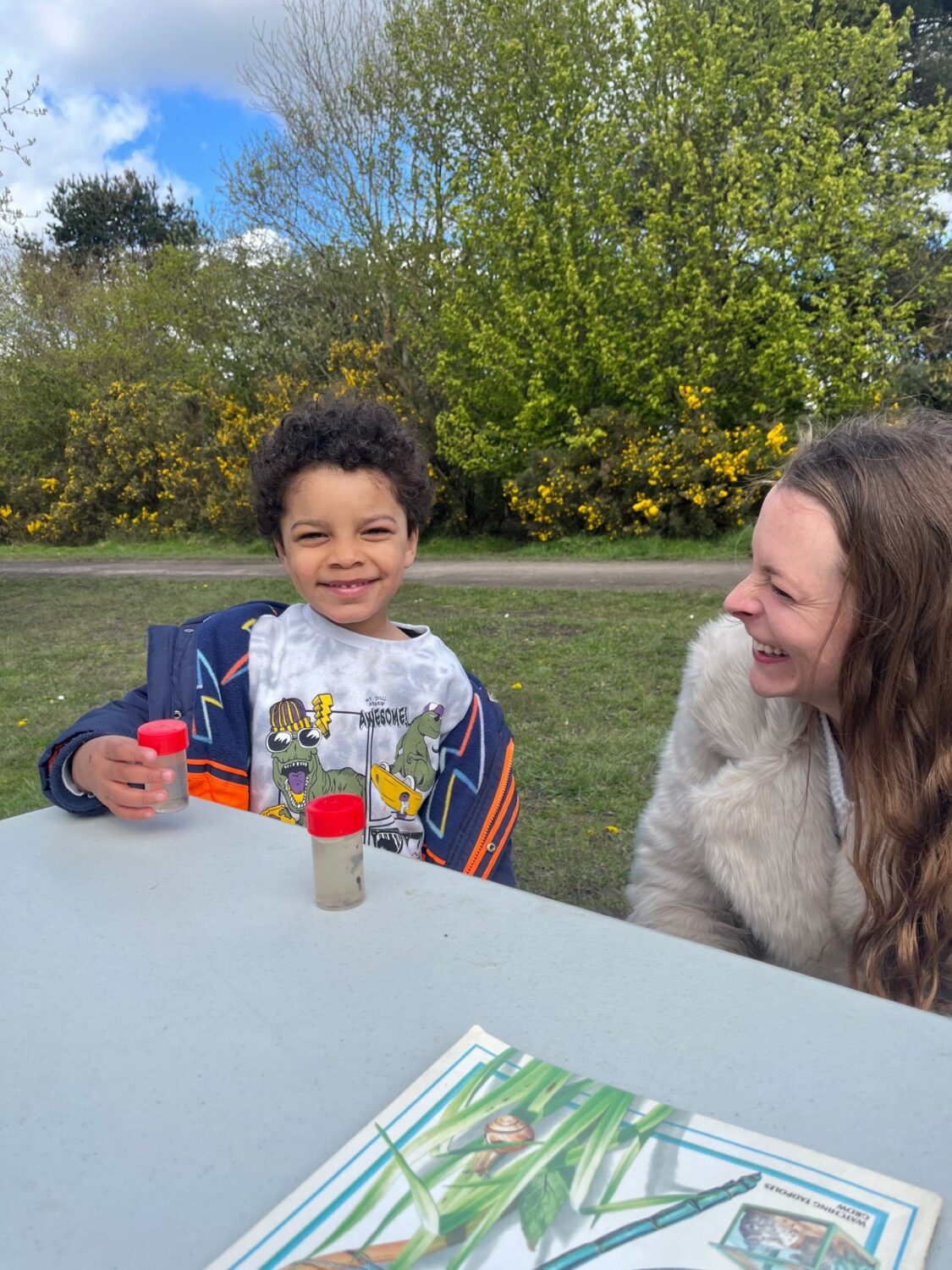
Ladybirds
Havannah Nature Reserve is one of the best places in Newcastle to see and enjoy a range of different ladybirds – don’t just take our word for it, check out the fabulous sightings shared as part of the North East Ladybird Spot. Ladybirds are plentiful at Havannah thanks to the fantastic variety of habitats present, namely coniferous woodland which is home to a wide variety of specialist species including the Striped and 18-spot Ladybirds shown below.
As well as these species, visitors were lucky to encounter Larch, 7-spot, 10-spot, Cream-spot and even a Kidney-spot Ladybird – a species closely associated with birch and willow scrub. Surprisingly, one of the few ladybirds not found during the day was the non-native Harlequin Ladybird – a rare thing with this species now commonplace across the city.
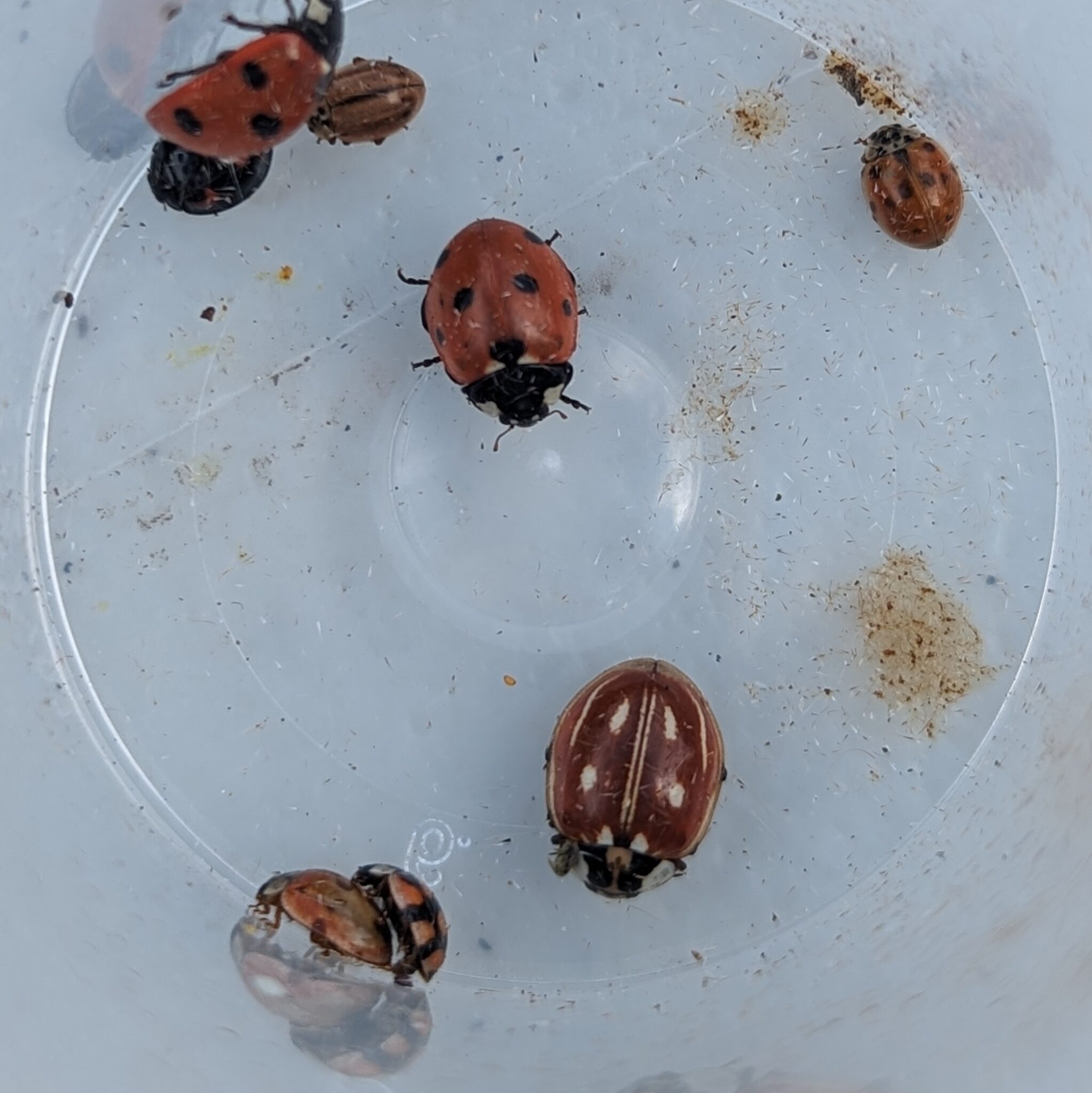

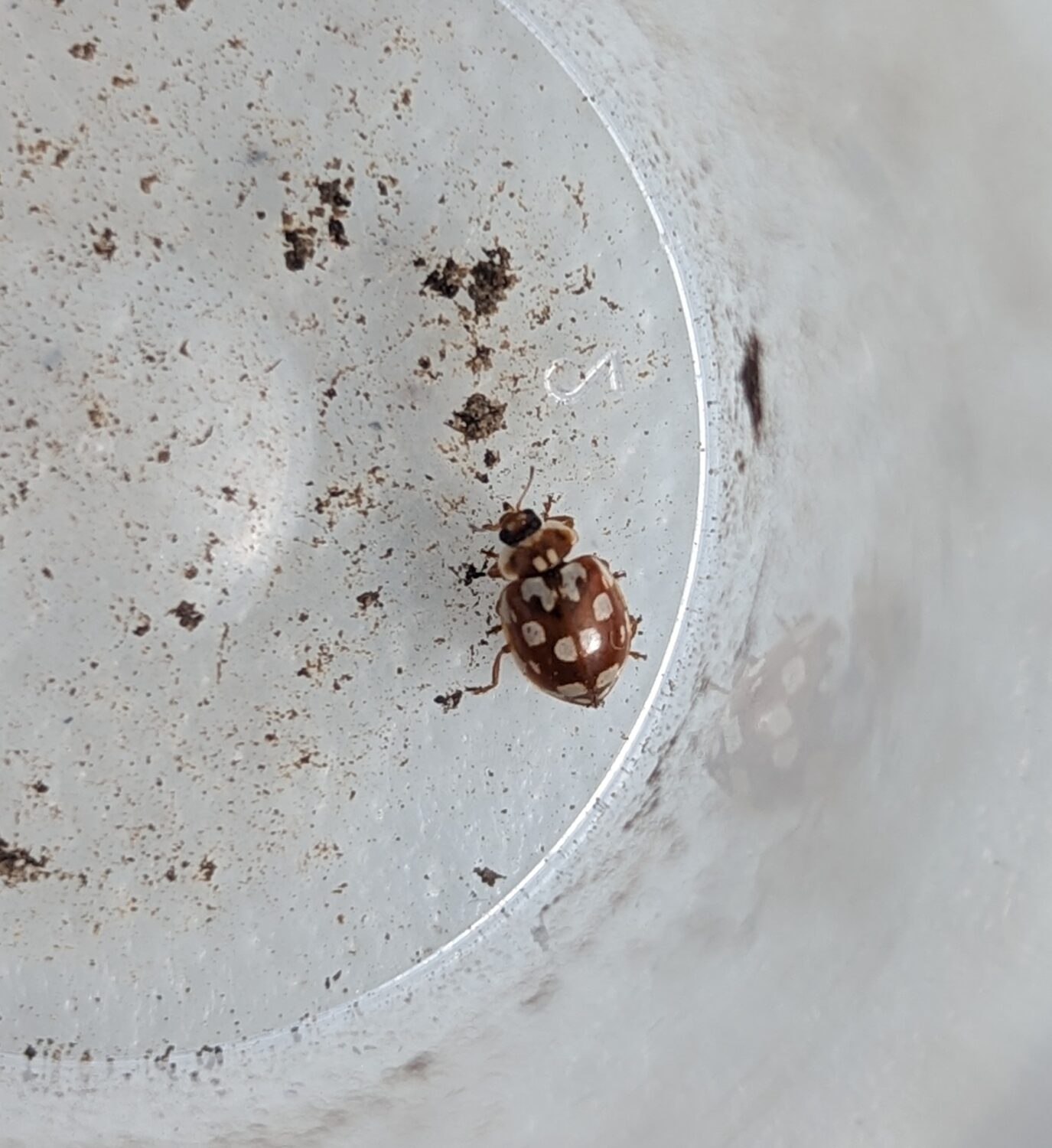
Plants
Wildflowers have been a mainstay of this year’s Gosforth’s Wild Web bioblitz events – largely because they stay still! Lots of plants were recorded during the event but some particular highlights include Water Avens, a species of ditches and wetwoodland that is scarce in the city, and the fleeting flowers of Cuckooflower in damper spots. Rather beautiful, but less welcome, the yellow flowers of Garden Yellow Archangel were also found among a supporting cast of Dog-violet, Wood Forget-me-not and of course, a range of healthland species.
The day’s ‘star find’ was by comparison, rather green and unassuming. Adder’s-tongue is a small fern associated with good quality grassland and meadows. Rather scarce locally, it was last recorded from Havannah in 2018 and hadn’t been seen on site in around 6-years. It was therefore a welcome surprise when local naturalist, Chris Barlow, discovered (or rather rediscovered) a population in fields close to the site. Better still, there were hundreds!
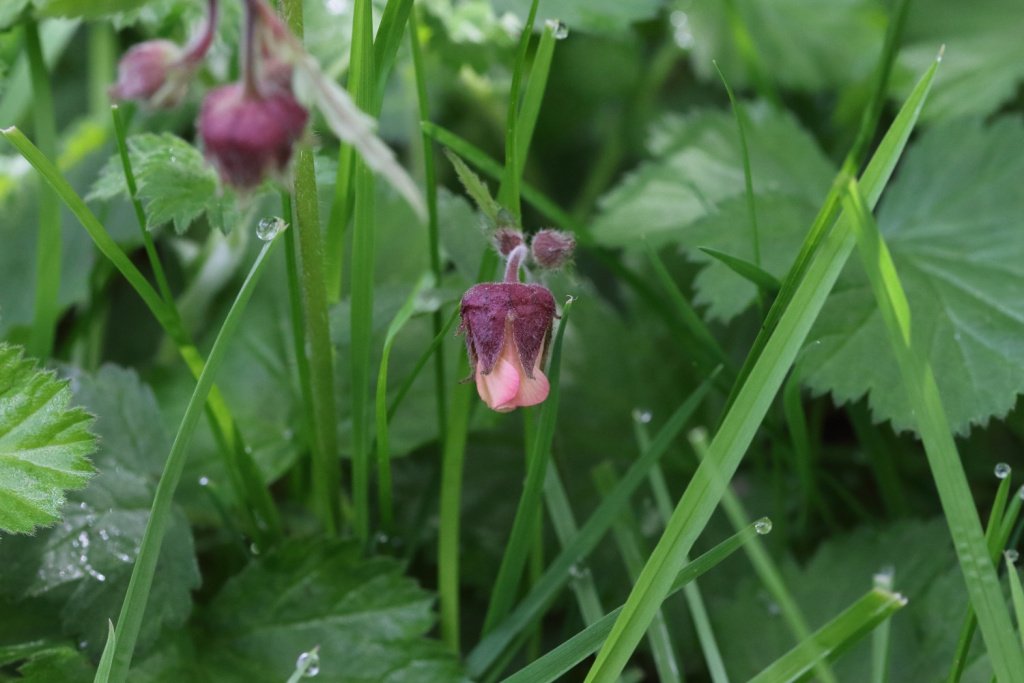
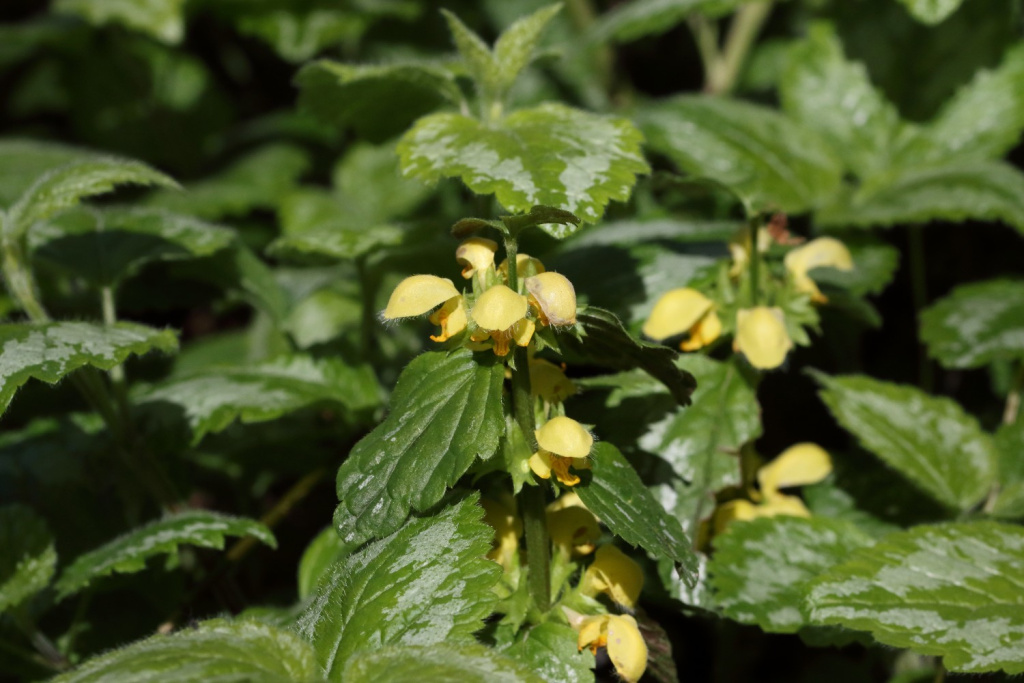
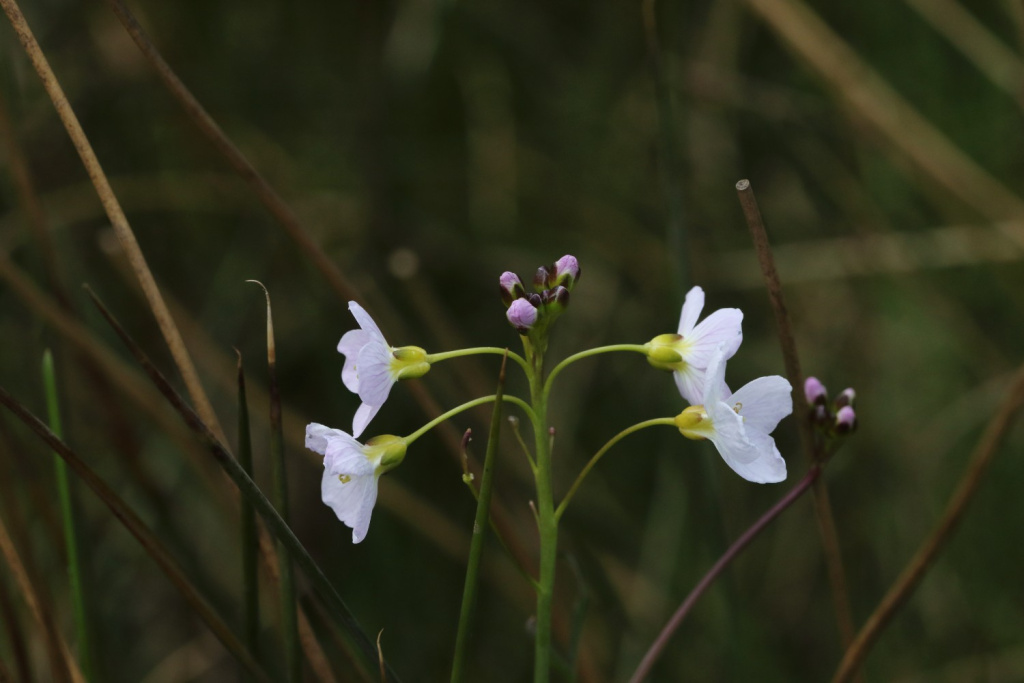
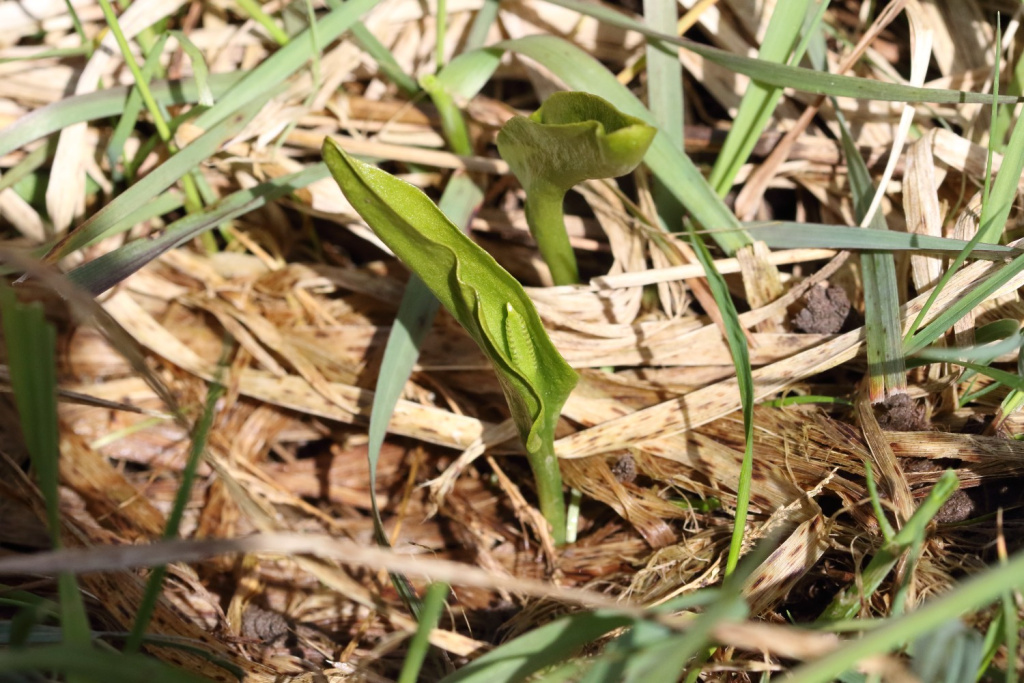
Fungi
Havannah is a notable site for fungi too with many interesting species recorded by visitors during Autumn and Winter. Spring is not the best time to search for fungi but still, several interesting records were made throughout the day. These included the fascinating Bird’s-cherry Pocket shown below, a gall fungus which after infecting a tree, results in fruits which are elongated, distorted and often lacking stones. Other exciting finds included Giant Puffball, Eyelash Fungus and Pinecone Cap, spotted by Mike Cruse of the North East Fungus Study Group.
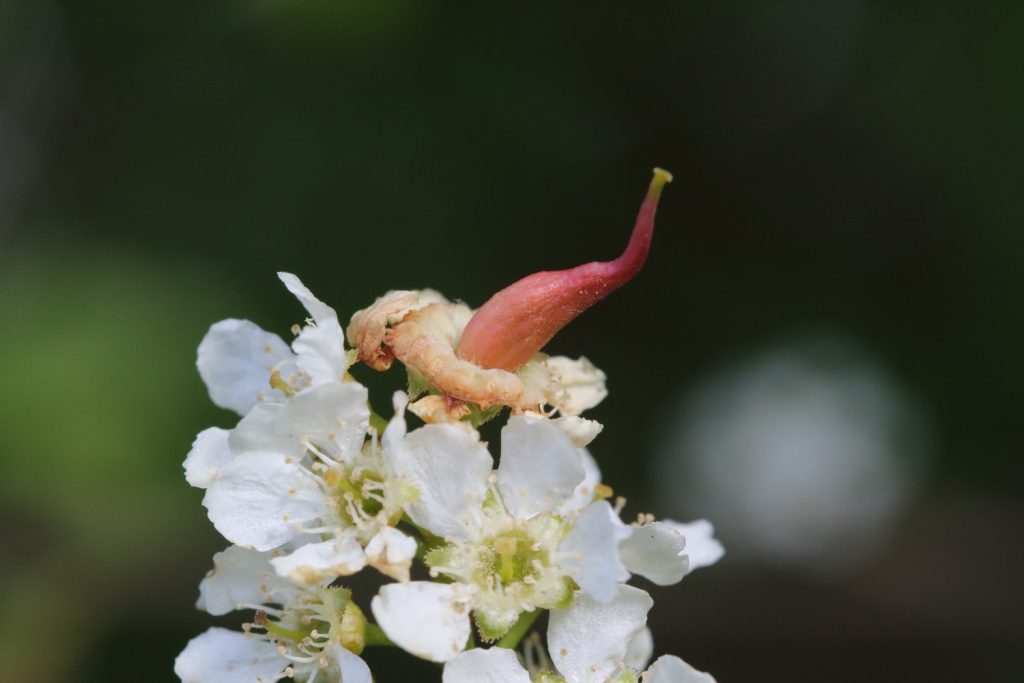
Other Discoveries
With so many people out looking, there were bound to be other discoveries too and visitors did an amazing job finding and recording a whole manner of weird and wonderful critters. Ever popular, woodlice and tadpoles were found in abundance and lots of shieldbugs were encountered. Almost as diverse as the ladybirds on site, in just 10 minutes, excited children found Gorse, Hawthorn, Green and Hairy Shieldbugs! Birds seen during the day included Buzzard, Grey Heron, Little Grebe and Yellowhammer and our only mammal came from evidence of Badgers digging in the woodland. Finally, an unusual snail photographed was revealed to be Kentish Snail, an introduced species and one which is not yet common in the North East.

